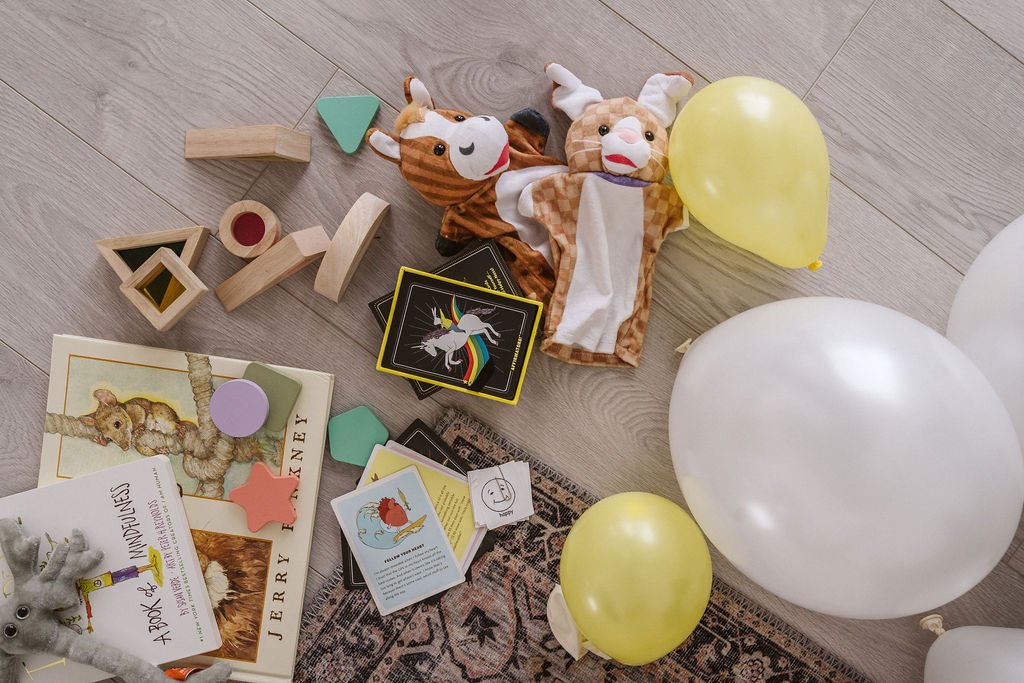How to Increase Mental Flexibility in Your Child
We all get stuck in our ways sometimes and children are no exception. Routines are critical for reducing stress and keeping kids on track. But, what happens when children get stuck in their ways of doing things?
This “stuckness” (also called rigidity) can lead to big emotions and difficulties when things don’t go as expected. We all know how unpredictable life can be, so giving children practice with being flexible is essential to building a lifelong skill and improving their overall mental health.
Simple strategies to practice flexibility at home:
Does everyone in the family tend to sit in the same seat for dinner? Try changing seats at the dinner table.
When driving, try taking a different route to school, home, or anywhere else you commonly drive.
Change up the rules in a favourite game. For example, reverse the rules in ‘Duck, Duck, Goose’ and play ‘Goose, Goose, Duck’ instead.
Invent a new lyric to a favourite song or nursery rhyme. Maybe the famous Frozen ballad ‘Let it Go’ becomes ‘Let It Snow’ or maybe ‘Old MacDonald’ has a zoo instead of a farm with a whole new set of exotic animals.
The key to practicing flexibility is to provide advance warning to your child. We want your child to be successful and willing to try being flexible again and again. Make it a game! Show enthusiasm and excitement. Your little one will pick up on your feelings and body cues and follow suit.
Ready...Set...Go!

